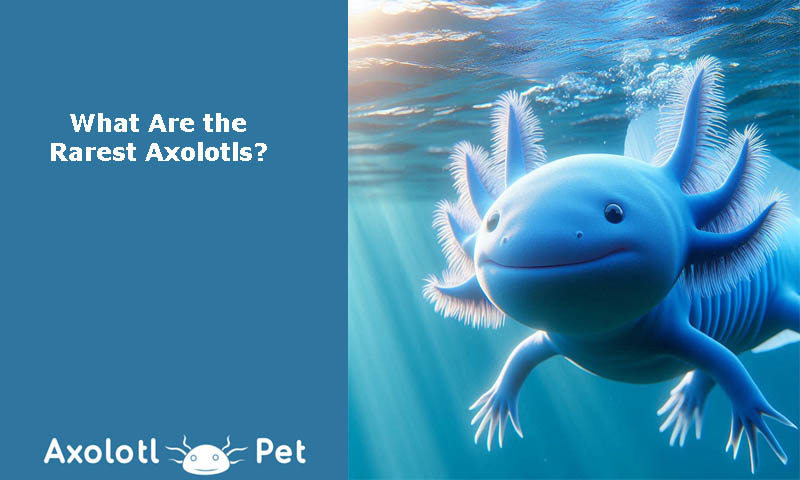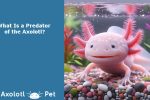What are the Rarest Axolotls?
Axolotls are unique and fascinating creatures, and some varieties are particularly rare due to their genetic traits, coloration, or scarcity in breeding programs. Here are the rarest axolotls:
1. Copper Melanoid Axolotl
This variation combines the copper color with the melanoid trait, which eliminates the shiny iridophores typically seen in other morphs. The result is a rich, matte copper coloration that is highly sought after by enthusiasts.
2. Enigma Axolotl
The Enigma morph is extremely rare and prized for its unique, often pastel or marble-like coloration. This morph can include a combination of colors and patterns, making each individual distinct.
3. Chimera Axolotl
Chimeras are among the rarest axolotls because they result from the fusion of two different embryos into one organism. This rare occurrence leads to an axolotl with two distinct color patterns split across its body, such as half leucistic and half wild type. However, these axolotls are often fragile and may not survive long.
4. Piebald Axolotl
Piebald axolotls have unusual pigmentation that is more extensive than in leucistic morphs, with darker, irregular patches on their heads and bodies. Their rarity comes from the specific genetic combination required to produce this trait.
5. Mosaic Axolotl
Mosaic axolotls are rare because they arise from genetic anomalies. Their bodies feature a striking mix of colors and patterns, such as speckles of white, black, and gold, making them incredibly unique.
6. Golden Albino Axolotl
While albino axolotls are relatively common, the golden albino variety is rarer. These axolotls exhibit a yellowish-gold hue with shimmering, iridescent highlights, especially under light.
7. Silver Dalmatian Axolotl
This morph is a newer and extremely rare variety, characterized by a silvery-white body with black speckles resembling a Dalmatian dog. Its rarity lies in the specific breeding required to achieve this pattern.
8. Firefly Axolotl
The Firefly axolotl is a genetically engineered morph created using fluorescent protein genes. They have a glowing tail or other specific parts of their body that fluoresce under UV light, making them one of the most striking and rare morphs.
Why Are These Axolotls Rare?
- Genetics: Many rare axolotl morphs are the result of recessive genes, requiring specific breeding combinations.
- Selective Breeding: Some morphs are hard to produce or maintain due to the complexity of the traits.
- Natural Occurrence: Some types, like chimeras and mosaics, occur spontaneously and cannot be reliably bred.
If you’re considering acquiring a rare axolotl, ensure you purchase from reputable breeders who prioritize ethical breeding and the health of these fascinating amphibians.




-0 Comment-